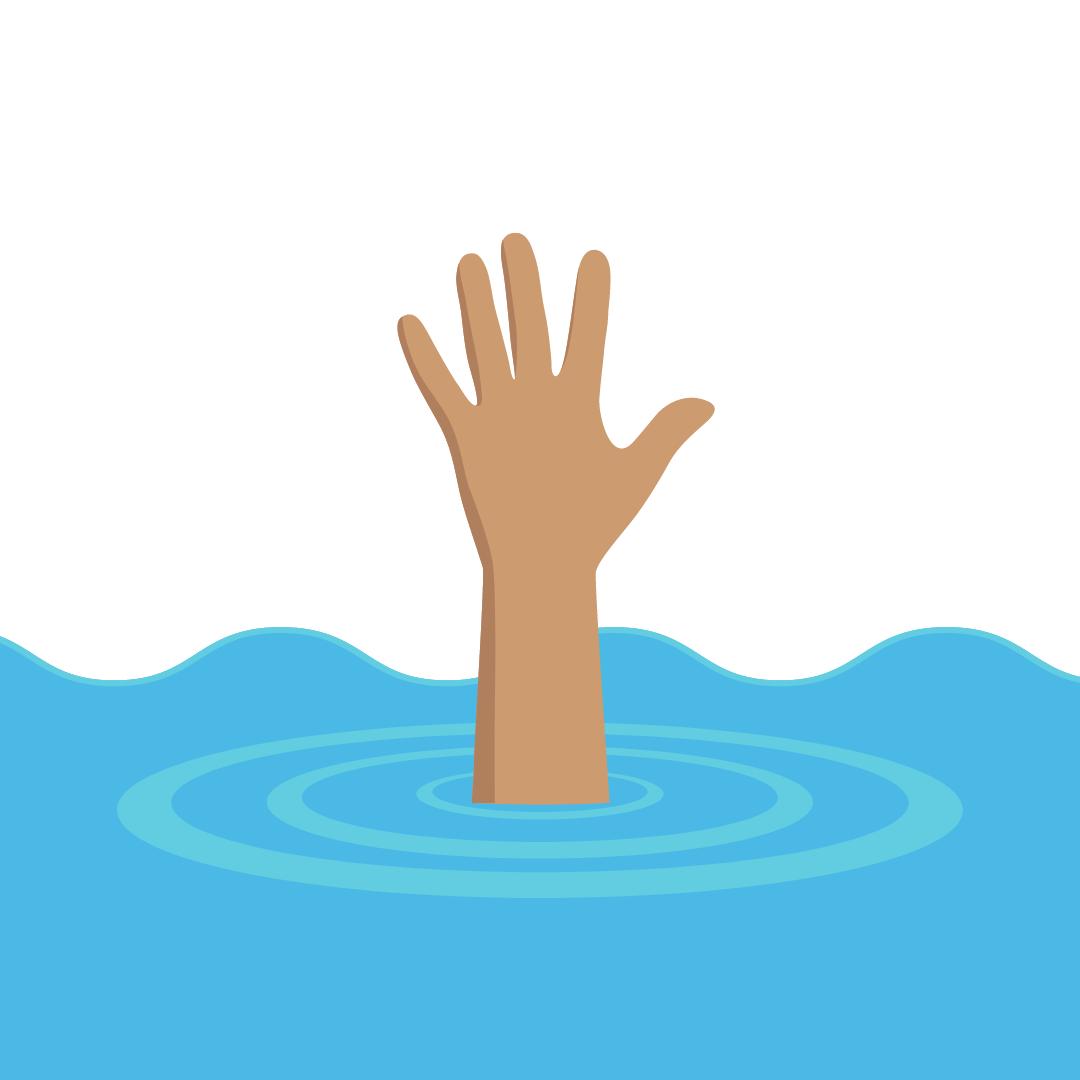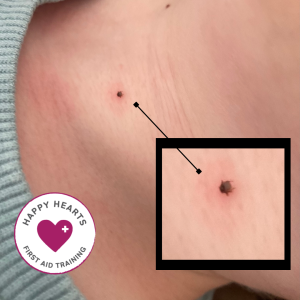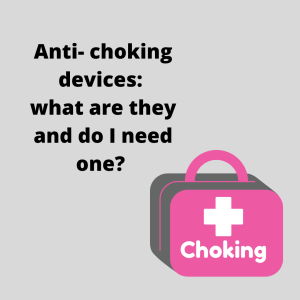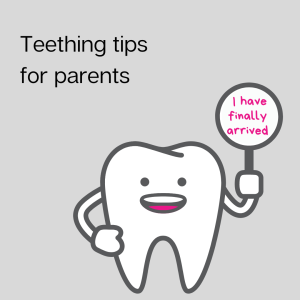Every now and again, a frightful story is shared on social media or in the news about a child who experienced an episode of secondary or delayed drowning. This blog will cover everything you need to know so that you can help keep your little one’s safe when water in in play.
Drowning is a horrible thought for any parent or caregiver, and the idea that drowning can occur much later on when the child is on dry land is enough to make my teeth chatter with anxiety.

But, if you know me, you know that I am a strong advocate for the saying knowledge is power. The best thing that we can do as parents and caregivers is to learn more about what this all means, and how we can prevent it happening to our little ones.
Firstly, let us dive into what drowning actually is.
The World Health Organisation define drowning as:
“The process of experiencing respiratory impairment from submersion or immersion in liquid.”
To break this down a little bit further- submersion means that the level of liquid was above the casualty’s airway and immersion means that liquid was splashed across the casualty’s face/ liquid was swallowed.
So, using this definition, drowning is the casualty having difficulty breathing after having their head under water or receiving water into the airway via a splash/ gulping a lot of water.
Before we continue, let’s make sure we are all on the same page: if your child has an actual drowning episode and needs to be rescued from the water, they must go to hospital for assessment and monitoring.
At this point, it is really important to remember that there is SO MUCH that we can do to help prevent drowning. These are things that you do every time you are near the water. We will go through these things more specifically in a minute, but for now, I have a bit of news for you:
The terms “secondary drowning”, “dry drowning” and “delayed drowning” are not actually used by the World Health Organisation. These terms are believed to be really confusing, and do not dictate the medical treatment given (let alone horrible for parents to think about!).
Instead, the message is clear.
If a baby, child or adult has an incident where they were submersed or swallowed a lot of water, you need to monitor them for the following symptoms over at least the next 24 hours:
- Changes in their breathing or difficulty breathing
- Difficulty speaking
- Coughing
- Pain in the chest
- Unusual behaviour
- Drowsiness or low energy
- Dizziness
These symptoms suggest that the supply of oxygen is not meeting demand, and the casualty will require urgent medical review and possibly treatment. Make sure you tell the medical staff that they have recently been submersed/ immersed in liquid and that you are concerned.
Watching for these symptoms, and seeking help quickly is key.
Trying to understand the differences between “secondary” and “dry” and “delayed” drowning suddenly feels less important, as you now know what to look for. (For the record, a more accurate definition might be “submersion/ immersion injury” but I don’t want to get all nerdy on you.)
Has that cleared things up a bit? Let’s not focus on what it is called, let’s just watch them for any changes after the event.
Before I finish up, given that drowning is one of the leading causes of death for children, what can you do to help prevent it from happening?
- Swimming lessons will help your child to remain calm in the water, and know what to do if they get into trouble
- Teach and remind your child about being safe around the water
- Ensure constant supervision for young children when they are in water i.e. bath or paddling pool (have a read of some bath time safety tips here)
- Empty the paddling pool after use
- Ensure swimming pools are fenced off
- Swim between the flags when at the beach
Take home message: If your child has been in the water and seemed fine immediately afterwards, but has now become unwell… seek help ASAP. If you are unsure or worried, again, seek help ASAP. And remember, there is so much that we can do as parents to help prevent drowning.
Thank you so much to Sophie, from Dizzy’s Dolphins Swim School for her review of this important information. You can find out more about their swimming lessons and mermaid experiences here.
Knowing how to perform CPR is an essential skill for parents and grandparents. Click here to learn with me, I promise that knowledge is power!
Resources used:
World Health Organisation “Drowning Factsheet” https://www.who.int/news-room/fact-sheets/detail/drowning
RCEM learning “Drowning” https://www.rcemlearning.co.uk/reference/drowning/
Children Accident Prevention Trust “Drowning” https://capt.org.uk/drowning/



